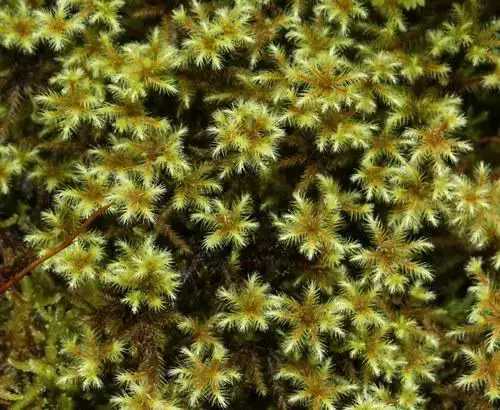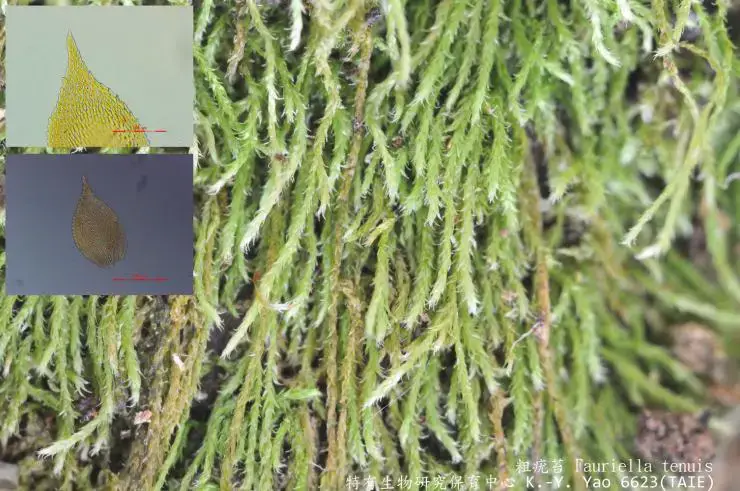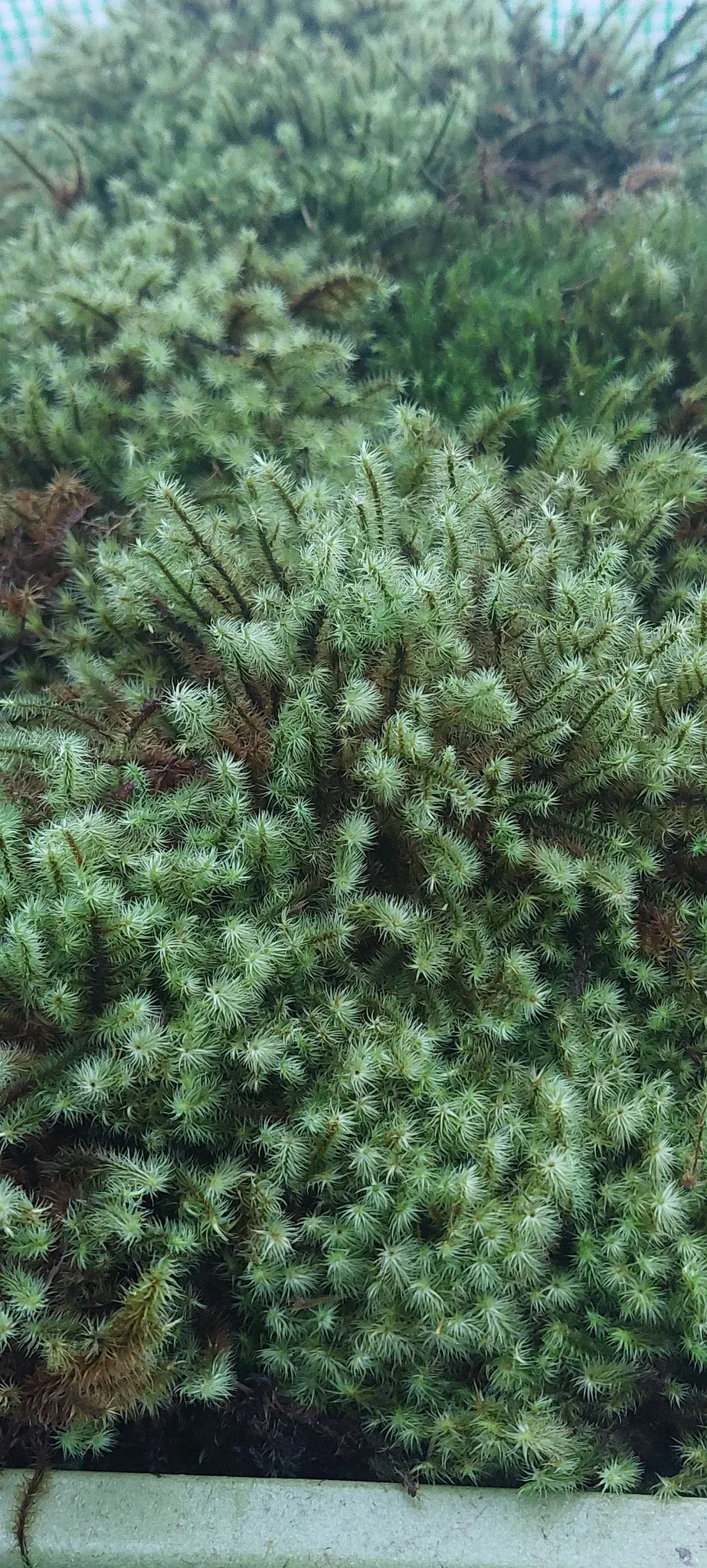
medium.jpg from: https://www.inaturalist.org/taxa/918087-Breutelia-azorica
Exploring the Fascinating World of Breutelia azorica (Mitt.) Cardot Moss

0de5dfd90838ccdcdc46268d1eb0b2dc.jpg from: https://taieol.tw/muse/digi_object/6598e0029b8a327090e4091299244815
Introduction
Mosses are often overlooked, but they play crucial roles in ecosystems around the world. One particularly interesting species is Breutelia azorica (Mitt.) Cardot, a moss in the Bartramiaceae family, commonly known as Breutelia. In this blog post, we’ll dive into the captivating world of this unique moss and explore its morphology, distribution, habitat, and ecological significance.
Background on Breutelia Moss
Breutelia azorica is a species of moss classified in the Bryophyta division and Bryopsida class. The Bartramiaceae family, to which it belongs, contains around 400 species worldwide. Mosses in this family are characterized by their tufted or cushion-forming growth and often have capsules that are cylindrical or pear-shaped.
Morphology and Identification
B. azorica forms dense tufts or cushions, typically growing 1-4 cm tall. Its leaves are lanceolate (lance-shaped) and have a strong midrib that extends to the leaf tip. The leaves are often falcate-secund, meaning they curve to one side in a sickle shape. Capsules are cylindrical and sulcate (grooved) when dry, borne on a long seta (stalk). Spores are spherical and papillose (covered in small protuberances).
Global Distribution and Habitat
As its name suggests, B. azorica is native to the Azores islands of Portugal. However, it has also been reported from Madeira and the Canary Islands. This moss grows on

20230129_155027_1024x1024@2x.jpg from: https://mossclerks.co.uk/products/gold-headed-moss-breutelia
volcanic soil and rock in montane forests and scrublands, typically at elevations of 500-1500 meters. It prefers humid and shaded habitats.
Ecological Roles and Adaptations
Like other mosses, B. azorica plays important roles in its ecosystem:
- Moisture retention: Its dense growth helps trap and retain moisture, reducing soil erosion and providing a stable microhabitat for other organisms.
- Nutrient cycling: Mosses absorb nutrients from rainwater and release them slowly, regulating nutrient availability for other plants.
- Carbon sequestration: As a photosynthetic organism, B. azorica takes in carbon dioxide and incorporates it into biomass, helping to mitigate climate change on a small scale.
This moss has several adaptations that allow it to thrive in its habitat:
- Desiccation tolerance: It can survive periods of dryness by going dormant and rapidly rehydrating when moisture is available again.
- Lightweight spores: Its small, lightweight spores are easily dispersed by wind, facilitating colonization of new areas.
- Clonal growth: Branching and fragmentation allow B. azorica to spread vegetatively, forming extensive colonies.
| Characteristic | Description |
|---|---|
| Height | 1-4 cm |
| Leaves | Lanceolate, falcate-secund |
| Capsule | Cylindrical, sulcate when dry |
| Spores | Spherical, papillose |
| Habitat | Volcanic soil and rock, montane forests and scrublands |
| Elevation Range | 500-1500 meters |
Conclusion
Breutelia azorica (Mitt.) Cardot may be small, but it is a fascinating and ecologically valuable moss. Its unique adaptations and roles in moisture retention, nutrient cycling, and carbon sequestration make it an important component of the ecosystems where it grows. Next time you’re hiking in the Azores, Madeira, or Canary Islands, keep an eye out for this marvelous moss! What other overlooked organisms in your area might be quietly playing critical ecological roles?